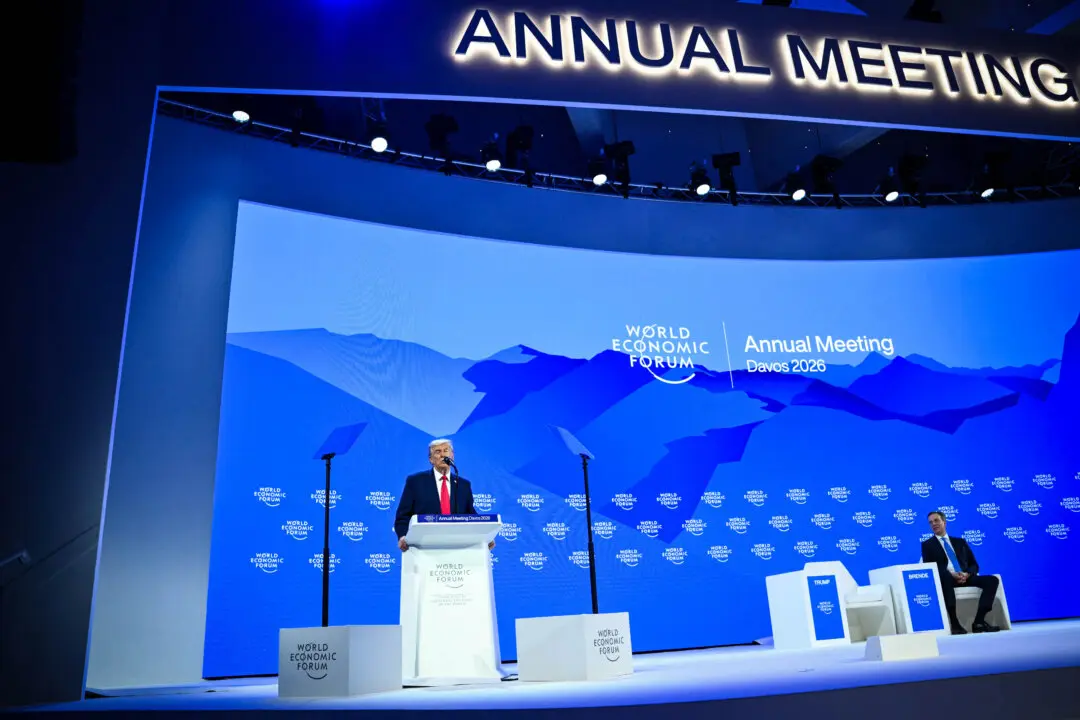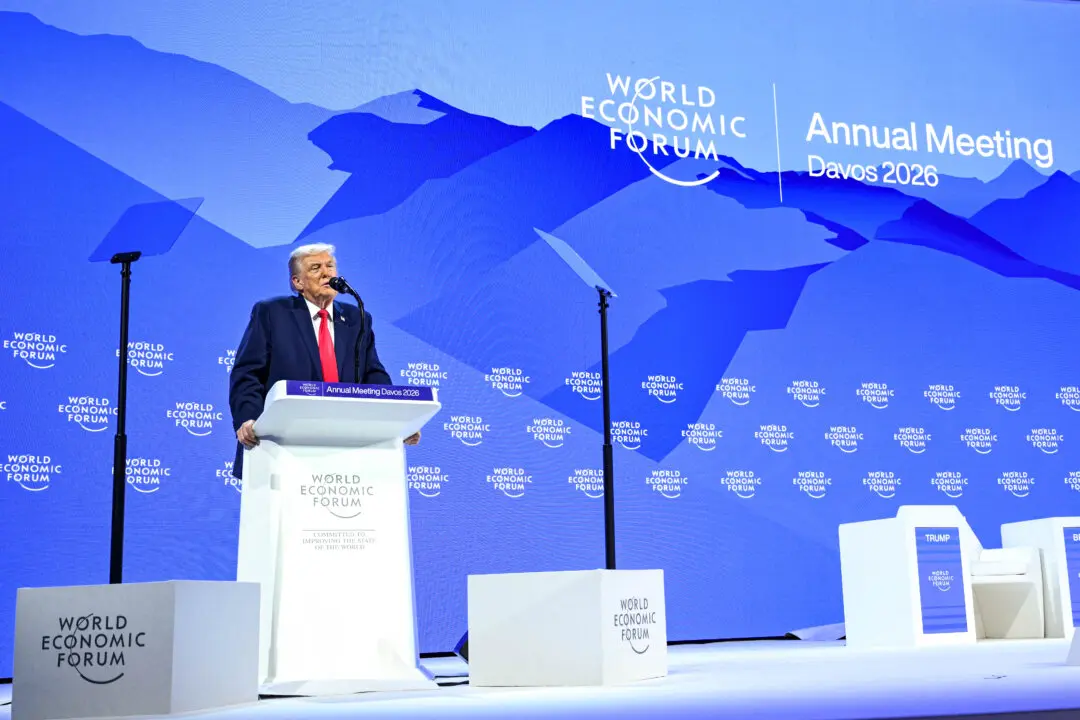WASHINGTON—The U.S. stock market rose sharply on Dec. 26 after staging its worst-ever Christmas Eve performance. The Dow Jones Industrial Average soared more than 1,000 points, posting its biggest daily point gain on record.
The Dow closed almost 5 percent higher, recovering some of its losses from a four-day selloff. The S&P 500 index soared about 5 percent. The Nasdaq Composite also recorded its best performance since March 2009, climbing about 5.8 percent.





